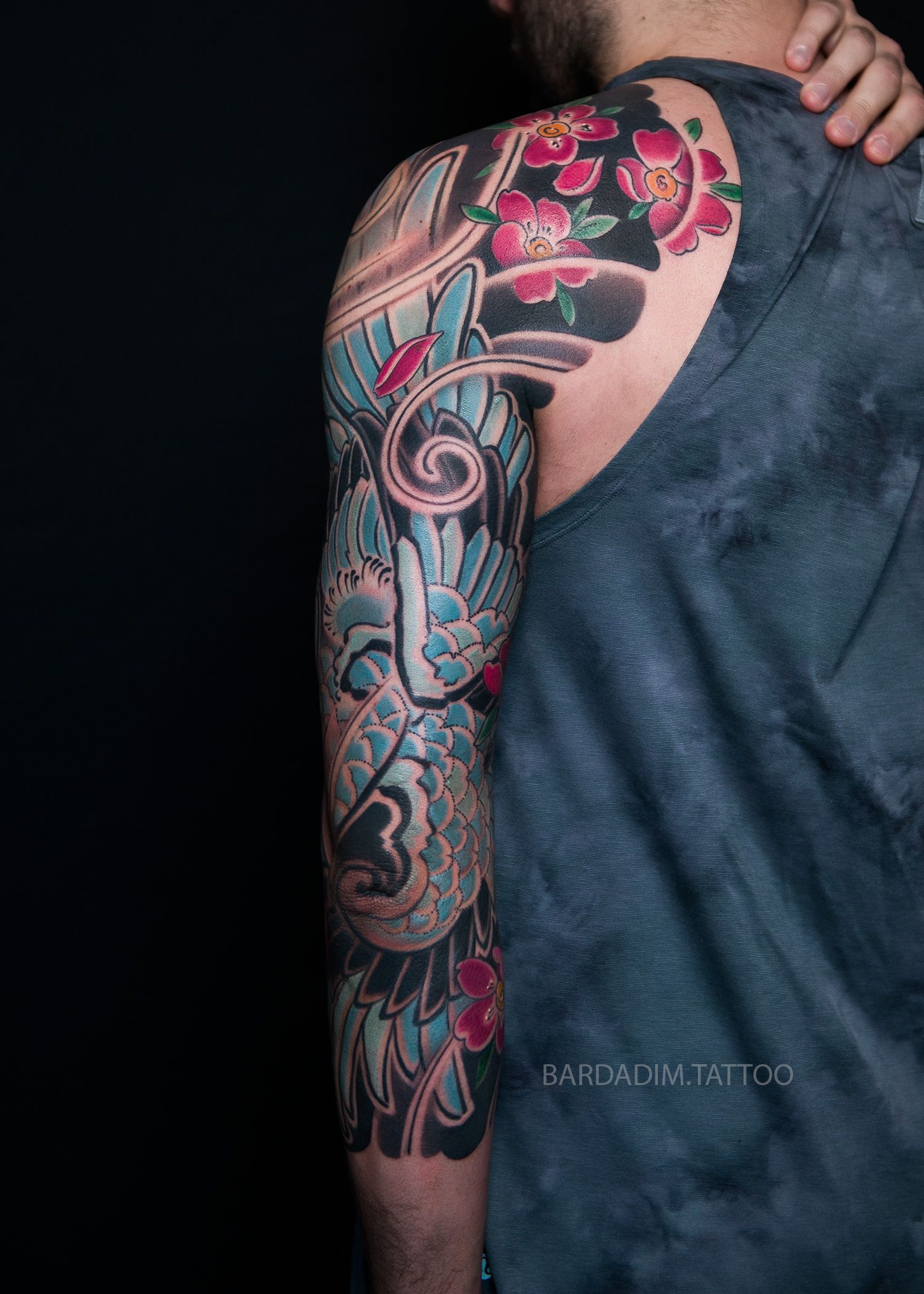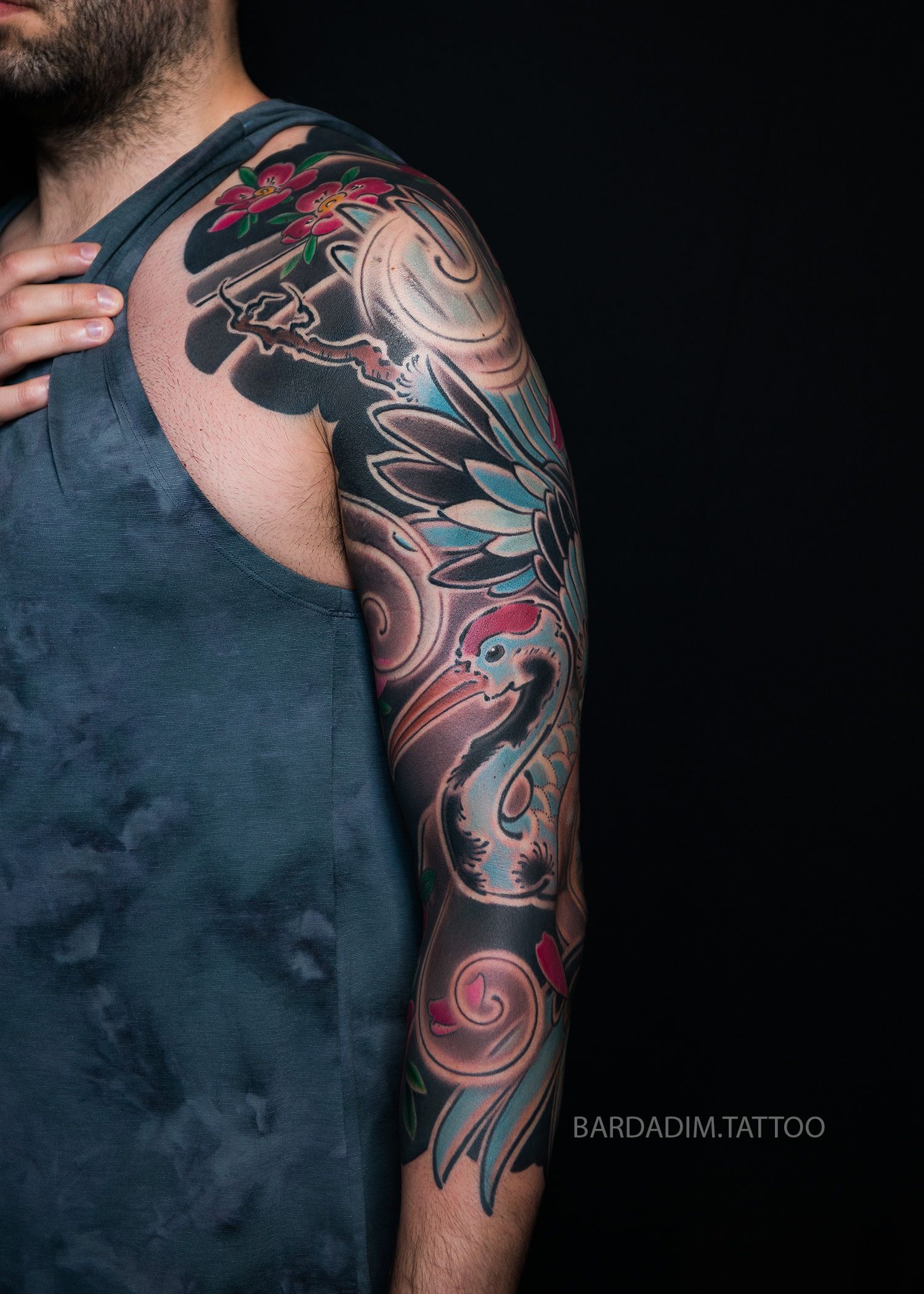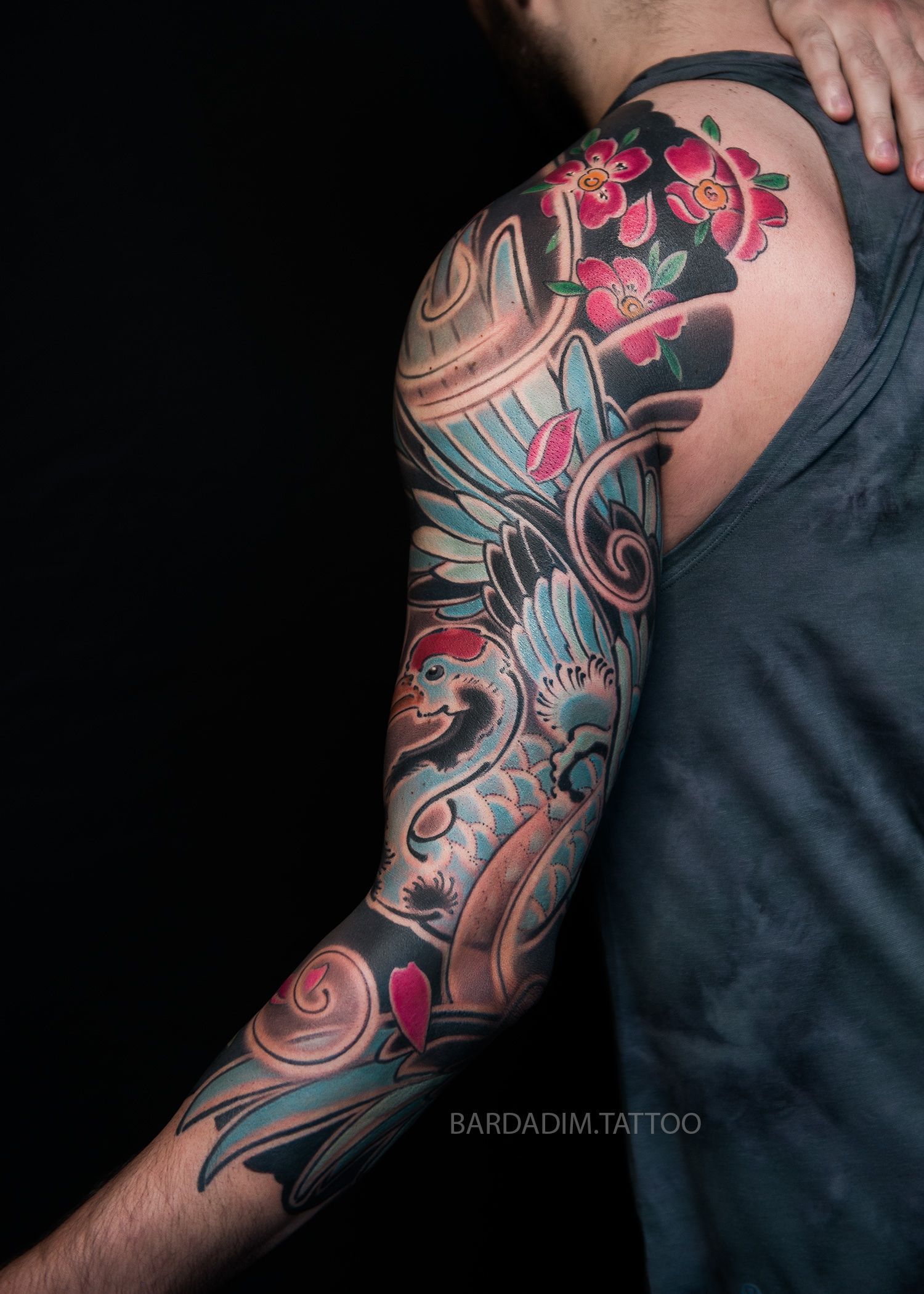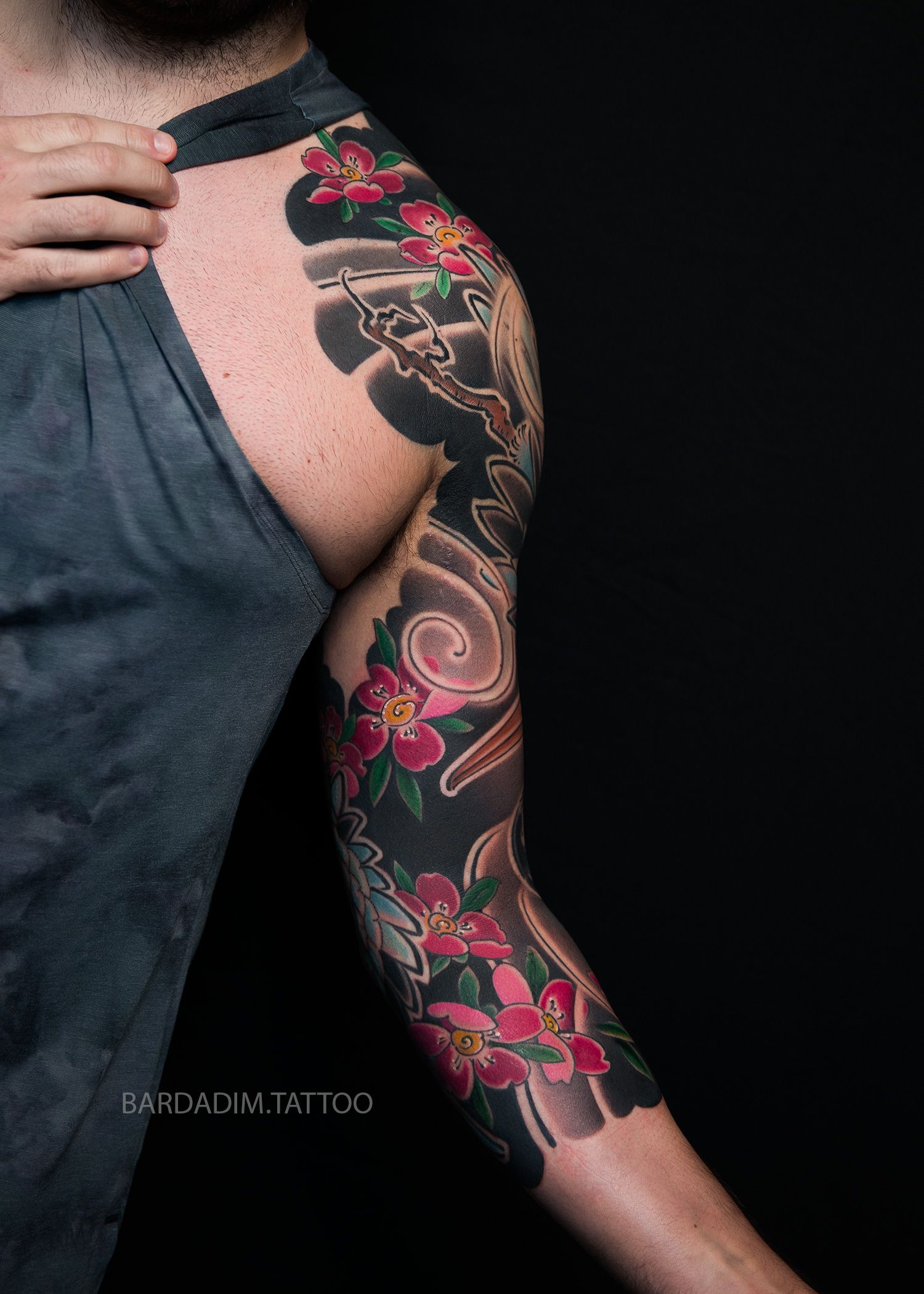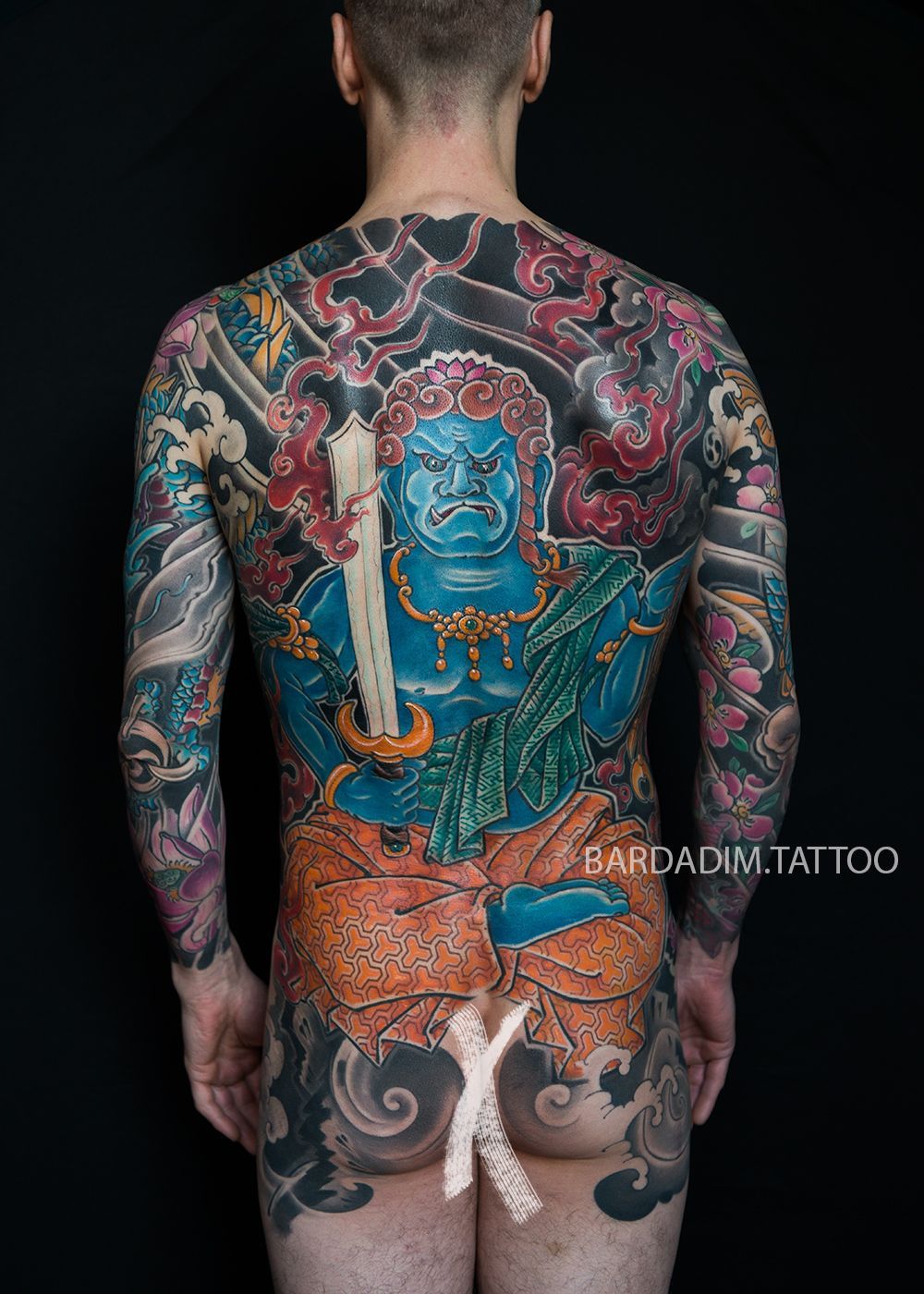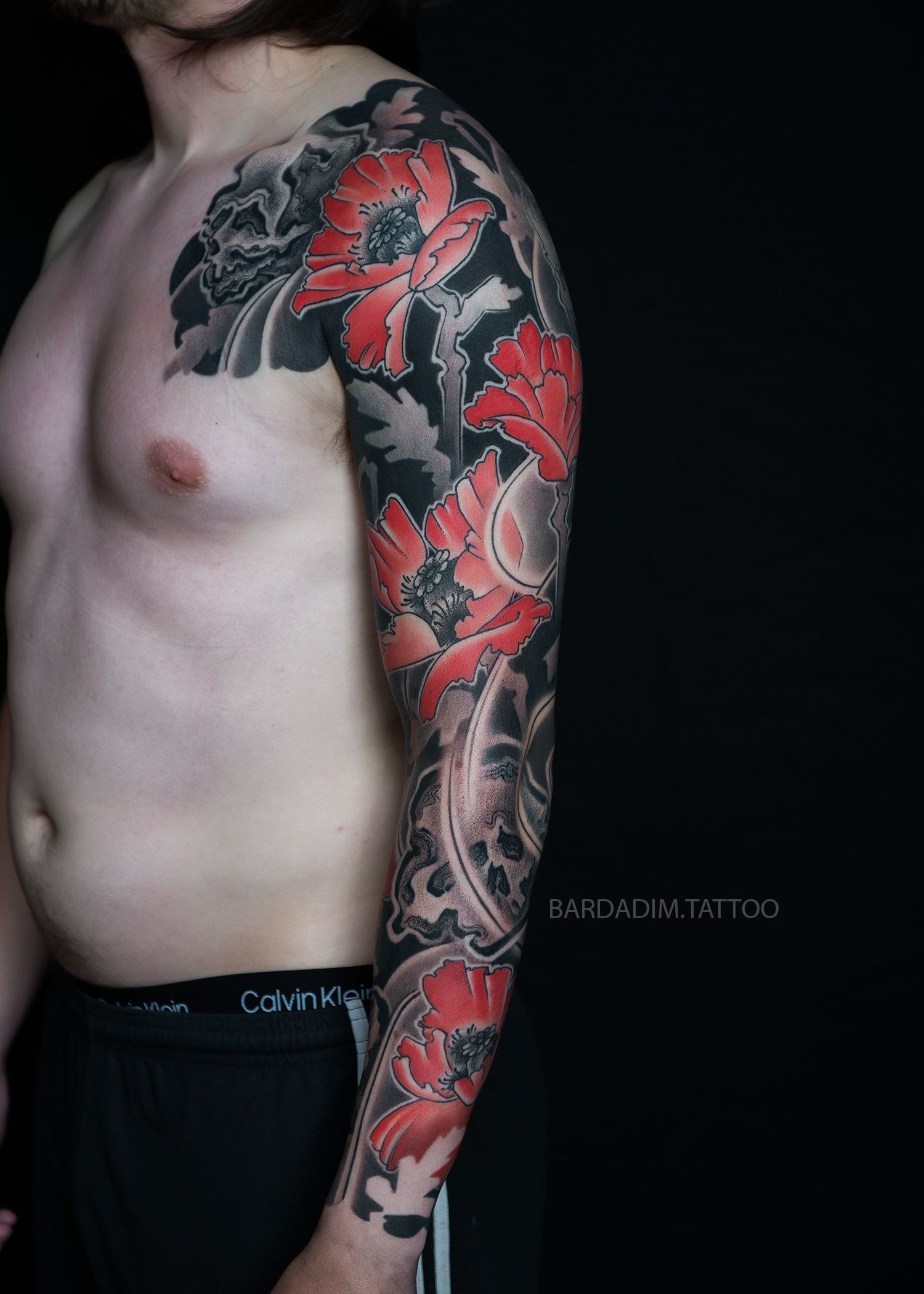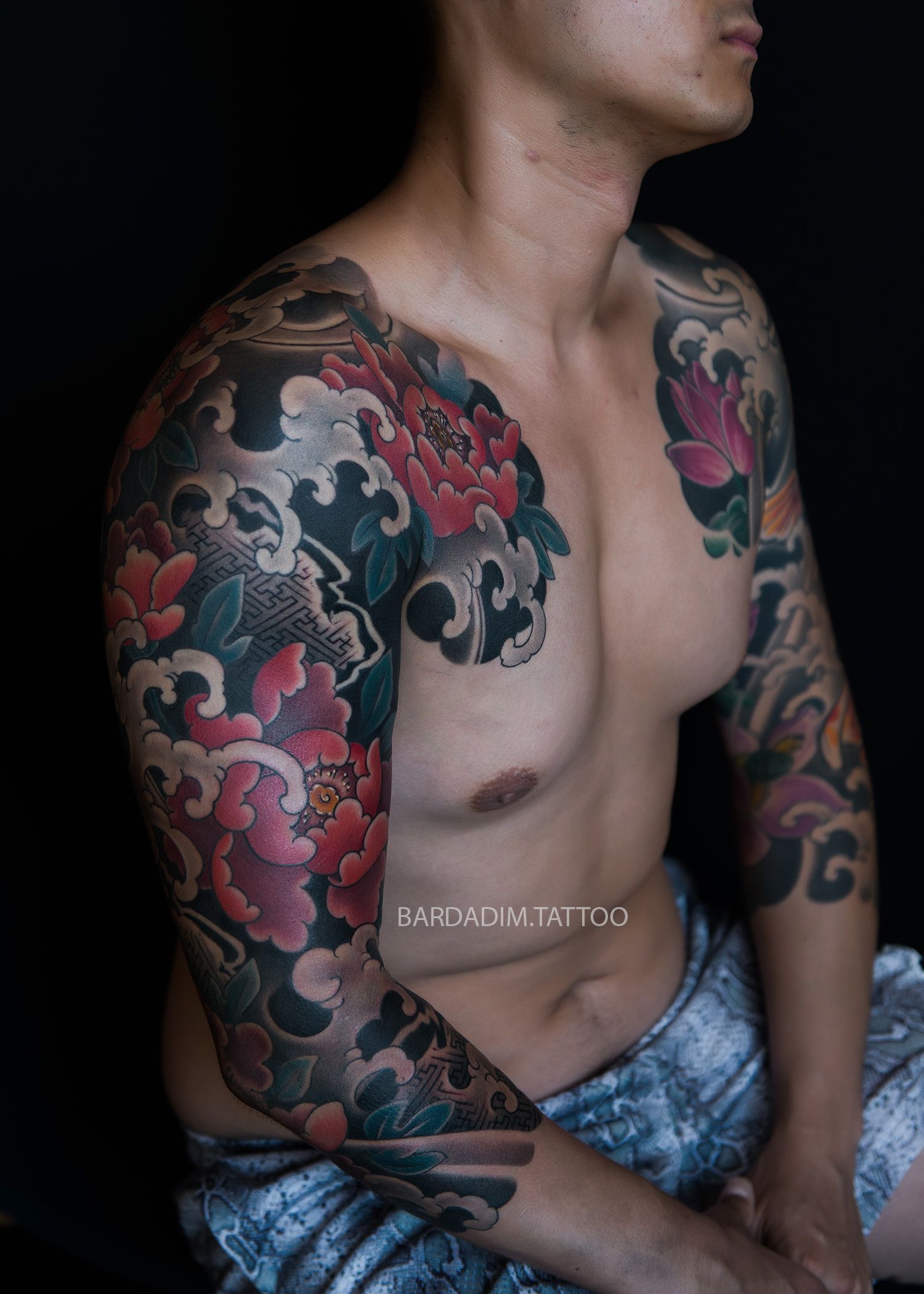The Symbolic Beauty of Japanese Irezumi Tattoo Sleeve: Crane and Sakura Flowers
Japanese Irezumi tattoos have a rich cultural heritage and are known for their intricate designs and deep symbolism. In this article, we will explore the meaning and symbolism behind a popular design featuring a crane and sakura flowers, commonly found in Japanese tattoo sleeves.
Combining the Crane and Sakura
When the crane and sakura flowers are combined in a tattoo sleeve design, it creates a powerful and meaningful image. The juxtaposition of the crane's long lifespan and the fleeting beauty of cherry blossoms represents the balance between permanence and impermanence.
This design can be seen as a reminder to embrace the present, appreciate the beauty of life, and strive for longevity and wisdom. It is also a symbol of hope, renewal, and the importance of cherishing every moment.
Japanese Irezumi tattoos are not just about the artistry and aesthetics; they are deeply rooted in tradition and symbolism. The combination of a crane and sakura flowers in a tattoo sleeve design represents longevity, good fortune, beauty, and the transience of life. It serves as a reminder to live with grace, appreciate the fleeting moments, and embrace the beauty that surrounds us.
Other Tattoo Projects


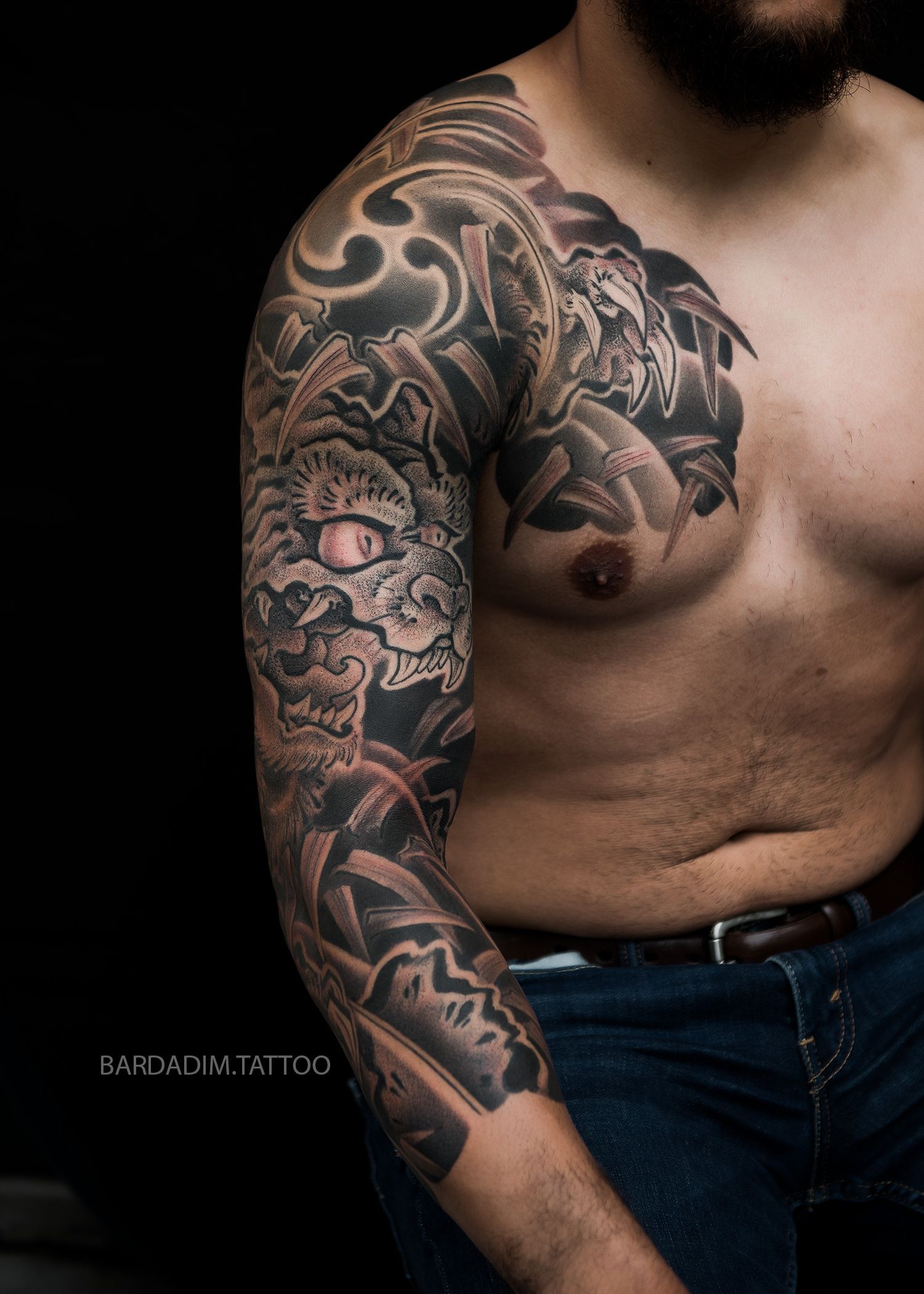
All Tattoo Projects

Other Posts
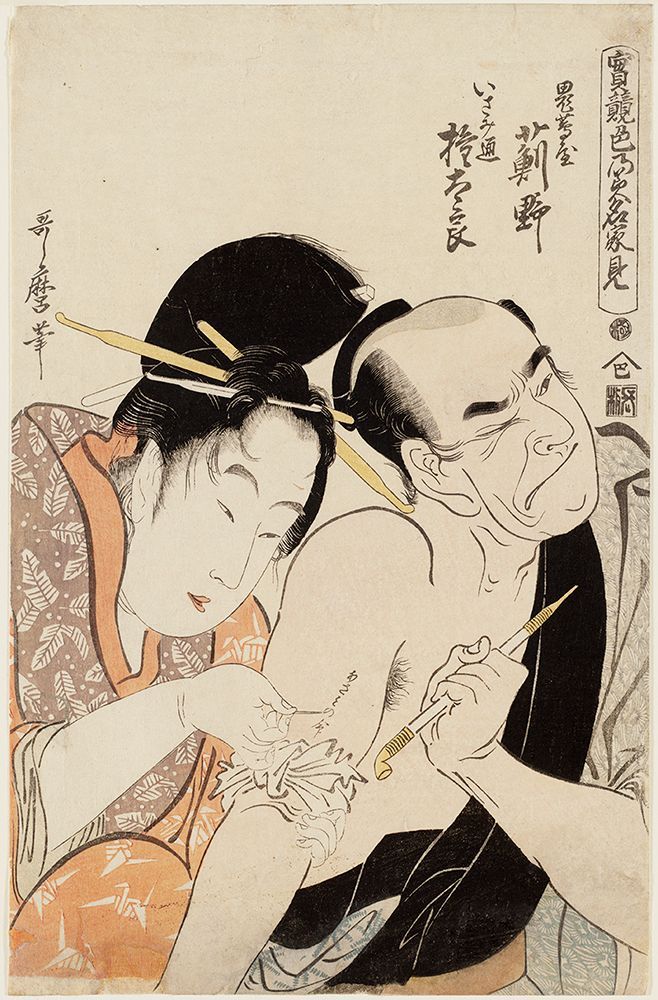

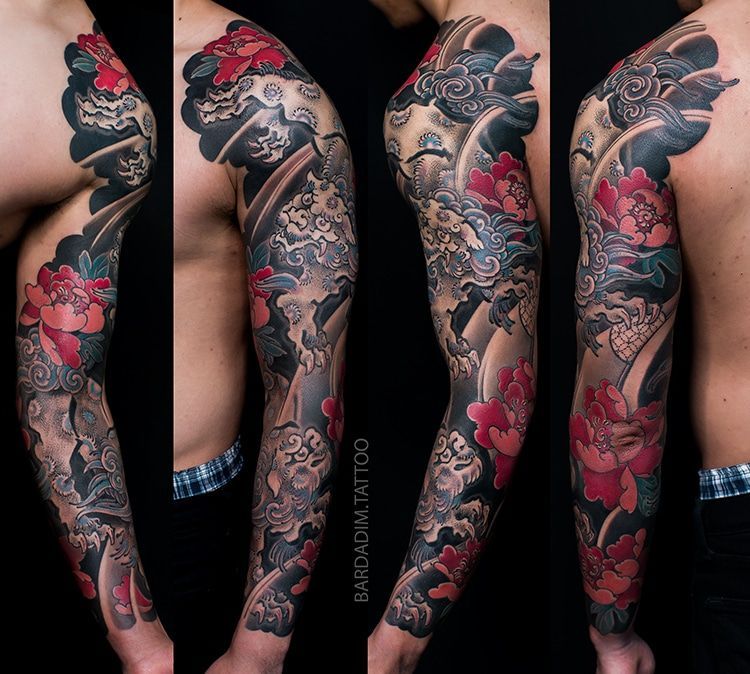
Ready to start your tattoo project?
We do NOT do walk-ins. ONLY private appointments which really easy to schedule. Please learn the process and request your consultation.




